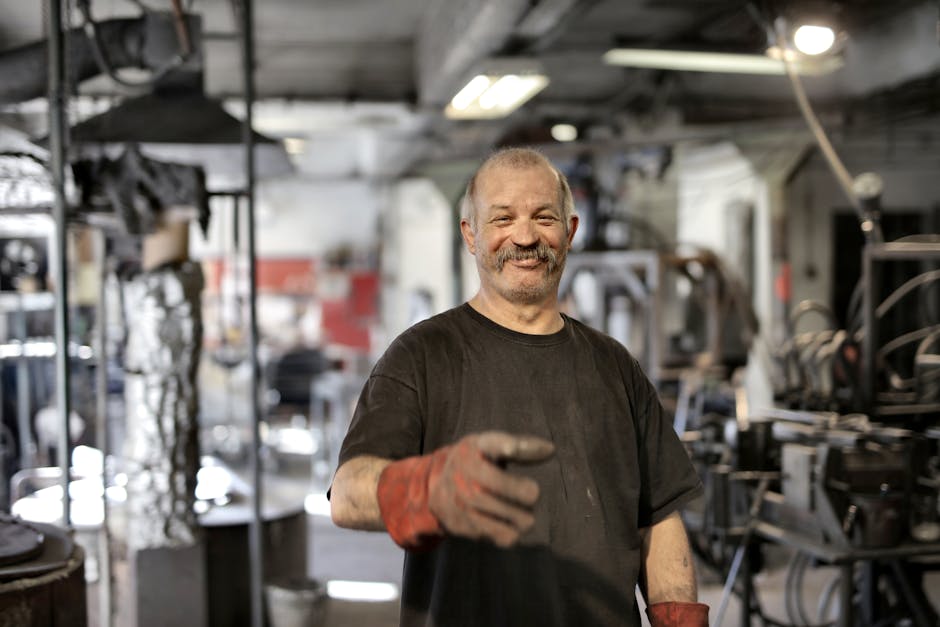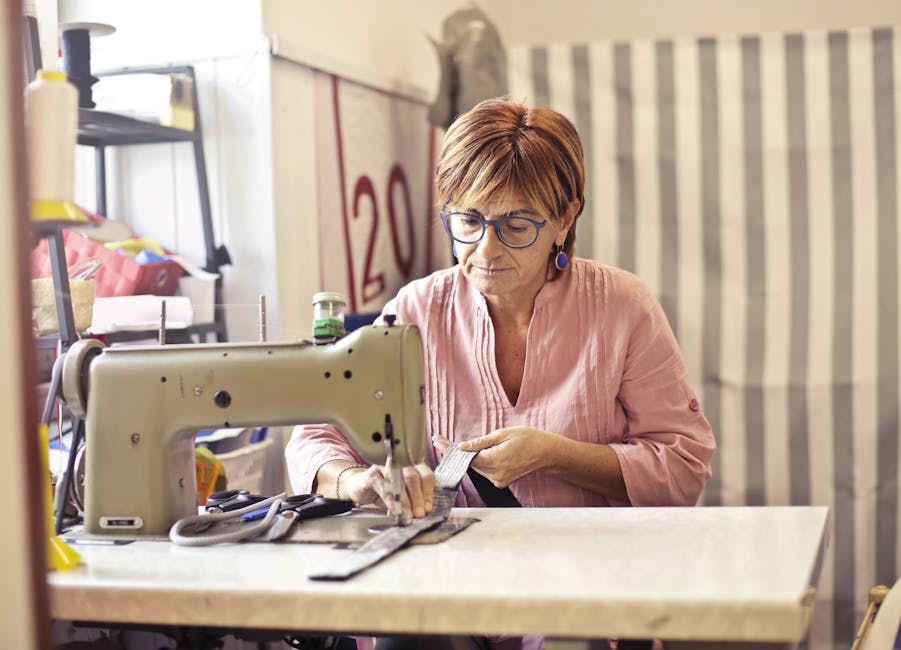Find a company that makes valves
Not all companies make valves. Even those who manufacture other components also may not manufacturer valves. Therefore, you should ask if they have an architect or engineer on their team before deciding to work with them.
Valves are manufactured in much the same way components of more complex design are made. In fact, some of the methods used here can be applied to any component where volume manufacturing is needed.
That includes but is not limited to electronic devices, mechanical parts, etc. The crucial difference between these two types of manufacturers is in the level of customization possible. For example, consider a computer operator who wants to customize his machine for maximum performance.
You cannot order parts from a valve maker and expect them to batch-create everything themselves using generic parts. This is what differentiates them from part distributors; they don’t modify anything from the original design.
What this means is that when you need something customized, you must turn to a factory that has the capability to create unique parts. Read the section above regarding finding such factories for more information.
Ask how they make their valves
One way that valve manufacturers make their living more sustainable is by creating more efficient manufacturing processes.
It starts with raw materials and components, then all together into a finished product.
But what isn’t seen as much are those steps in between. Each individual step in making a valve represents an amount of energy and environmental impact.
Questioning these steps helps reveal ways to reduce cost while minimizing climate change causing emissions.
Some examples include using reusable lamination tools instead of disposable models, which prevents waste at both the production and component level; utilizing robotics where possible, which reduces human labor costs; and reducing floor space requirements for batch operations, also resulting in less storage needed for inventory and supplies.
These are just some of the changes being made to improve efficiency, but thinking about other opportunities to find solutions can help keep your business moving forward.
Look at their manufacturing process

Most of them are manufactured under work conditions that ensure a consistent quality among all the valves they make.
However, production quantities will determine the price of each valve, making it important to be able to produce large numbers of copies quickly and with little effort.
An additional benefit of third-party customization is that you can create a unique design that differs from industry standards.
Consider incorporating your logo or business card name into each valve’s body for an extra level of branding.
These additions not only help differentiate you from your competitors, but also communicate that your products have quality engineering behind them.
Talk to a company representative about manufacturing processes

Consider asking representatives from several companies to compare their products in terms of design, reliability, and cost. You also can look at online reviews for help in making your decision.
If you choose to purchase off-the-shelf components, make sure you secure permission to use these items. (You would need to discuss this with your business development manager first.) Use commercial license contracts if necessary.
Learn the different jobs that the company does

Valve plants employ over 4,000 people but do not appear to have any official location. The only visible sign of their existence is the bright red ‘Valve’ logo still found in almost every computer system in the world.
The majority being hardware such as computers or tablets. There are also many located within automatic teller machines (ATMs) for bank customers who use touch-screen key pads.
There are more than 200 companies worldwide that design valves. In fact, one of those designing them is P&J Company founded by two former engineers from Sorema Manufacturing.
These days, they even have manufacturing units dedicated to producing just buttons and flasks.
More interesting stories surrounding these mysterious manufacturers can be found here and here.
Ask what materials are used to make the valves

Two leading suppliers in the industry have developed an innovative process that allows them to produce high-temperature versions of their popular products using solid steel instead of polymer. Capable of withstanding 750 degrees F (400 ° C), these new valves can be certified to meet all relevant international standards, including ASME code Y14.56M.
These valves allow designers to benefit from the low-maintenance properties of metallic casings, while still being able to utilize newer fabrication techniques and maintain quality control over manufacturing details.
Ask how much the company charges for a valve

Although they are very common, most valves cost money to produce. Depending on the type of valve can make a huge difference in terms of price.
Closed-head valves have a metal body with a molded plastic handle or spout. They come in one size that fits your pipe system perfectly.
These are some of the least expensive valves to purchase. Also, since there is only an opening instead of a gate, they cannot be used as waterlocks.
There are two types of open-head valves: threaded and flanged. Threaded valves fit into each other using a tight seal and are held together by a heavy locking nut.
They are more expensive than closed-head valves and require more materials to work properly. The advantage to these heads is that they can be disassembled and cleaned easily.
Flanged valves have flanges that surround the head. These must be purchased separately and then attached to the valve. There are no embedded fees.
Talk to current employees

In order to find out more about how valves are manufactured, you can talk to current employees at your manufacturing facility. You may ask questions such as
What is most challenging or important about their job?
Why did they choose this profession over others?
How many hours do they work per week?
These questions should allow you to get a better sense of what it’s like to be an employee at your company and provide you with some insight into whether or not these are great jobs to have.
Heck, you could even consider volunteering within the company for a few weeks to learn more.
You also want to make sure that anyone you speak to knows that you believe in them and trust them. So don’t think that just because you’re asking questions that people will automatically give you the answers you need.
People might tell you things that you don’t want to hear but if you try to convince them that you don’t care enough to know the truth, then you won’t get far.
Everyone has his or her own opinion and believes in something; believing in nothing is kind of a self-fulfilling prophecy.
So instead of looking at each person individually, see if you can look at groups of people together and compare concepts across individuals. That way you can take action against a problem rather than just thinking about it.




